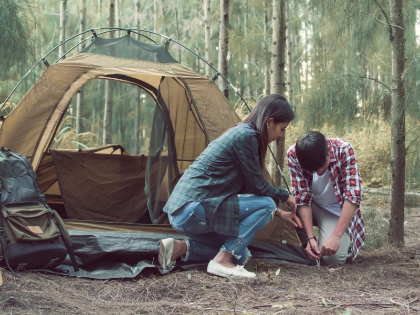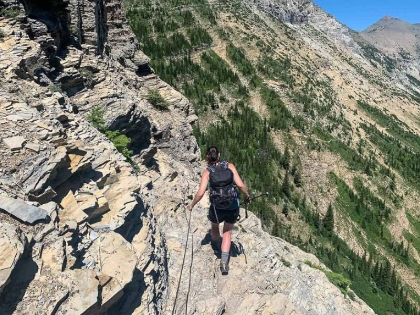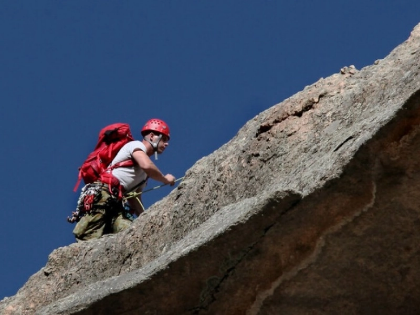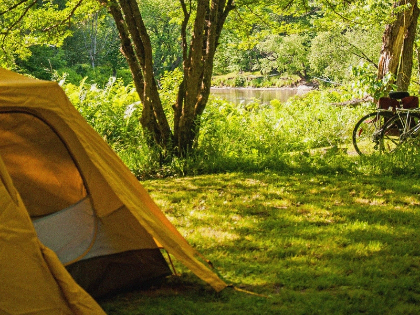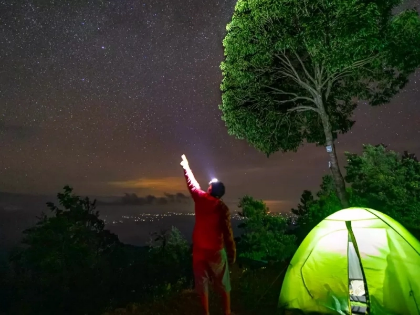The essential piece of equipment for any camping trip is a tent. However, there are so many varieties that it can be challenging to choose the best one for you.
To help you choose the ideal tent for your upcoming camping trip, this article will go over the four primary varieties of tents.
Tents with an A-frame

Advertisement
A-frame tents dominated the market for mountain trekking and one- to two-person automobile camping for many years. Unfortunately, they don't give much shoulder room when sitting up and are often challenging to throw. In addition to obstructing entrance and egress, their ridge pole design makes them less practical than front-loading models. Furthermore, compared to other tent styles, A-frames provide less room for supplies and equipment.
If you're looking for a basic, low-maintenance tent that won't require a lot of care, A-frame tents are fantastic. However, those who desire greater versatility from their tents have a plethora of alternative choices, such as centre-pole and frame tents.
Tents in Pyramid Form

Pyramid tents are straightforward structures with a single pole in the middle. A rainfly is slung over it and positioned at the edges and corners of the tent. Many people convert these into double-walled tents by adding inside nests to them. These are popular for four-season backpacking since they are somewhat storm-proof and climb quickly.
Some are excellent choices for trekking because of their extremely low weight. Some feature more of a floor, which is advantageous for people who like to cook indoors. Some of the best ones contain attachment points or gear loops so you may hang extras like a bivy bag, and many come with a stove jack for burning wood in chilly weather. Some even feature two doors, such as the Seek Outside Cimarron! However, as there is usually only one door available, this could be an issue if you need to wake your spouse up in the middle of the night. Because the walls are somewhat inclined, there is also little headroom.
Tents with a Hoop
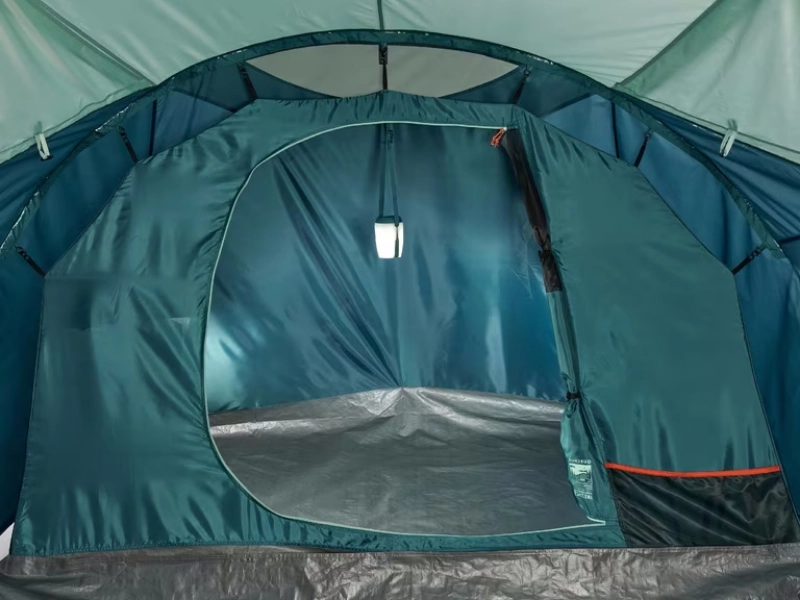
The shape of the hoop tent is distinctly cylindrical. Although it is lightweight, it is not as resistant to wind and rain as A-frames and domes. Backpackers still like it, even though it is typically less roomy than other styles. Its poles, which can be connected or rigid, are usually colour-coded so that it is clear where each piece links.
In order to prevent rain from flowing over the top of the tent, as it does with other ridge tents, certain models feature slanted entrances. For hikers who are worried about their weight, these are good.
A variety of materials, such as polyester, felt, and cotton (canvas), can be used to make tent fabric. Usually, a waterproof treatment is applied to the latter two. Usually, polyurethane or silicone are used for these coatings. To keep them waterproof, they occasionally need to be retreated or resealed.
Dome Tents
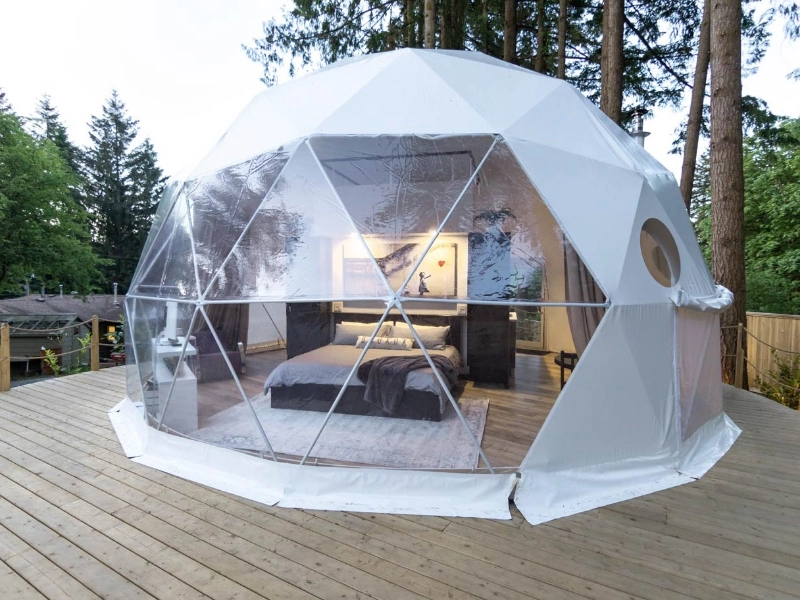
Given their comparable shapes and usage of fabric walls, it makes sense that people might mistake dome tents for camping tents. But those are whole distinct structures!
Dome tents are made of flexible poles that curve and cross over at either end to resemble a dome. They have a lot of headroom and are simple to pitch.
When driving stakes into the ground is neither feasible nor safe, they make an excellent option. Additionally, they function effectively in areas with subterranean utilities.
Since they feature room separators and gear lofts to store supplies, they are frequently used for family camping vacations. Because they are stronger and more insulated than conventional tents, they are better suited for camping in colder climates. In addition, they are typically a little heavier than other kinds of tents.
Advertisement





